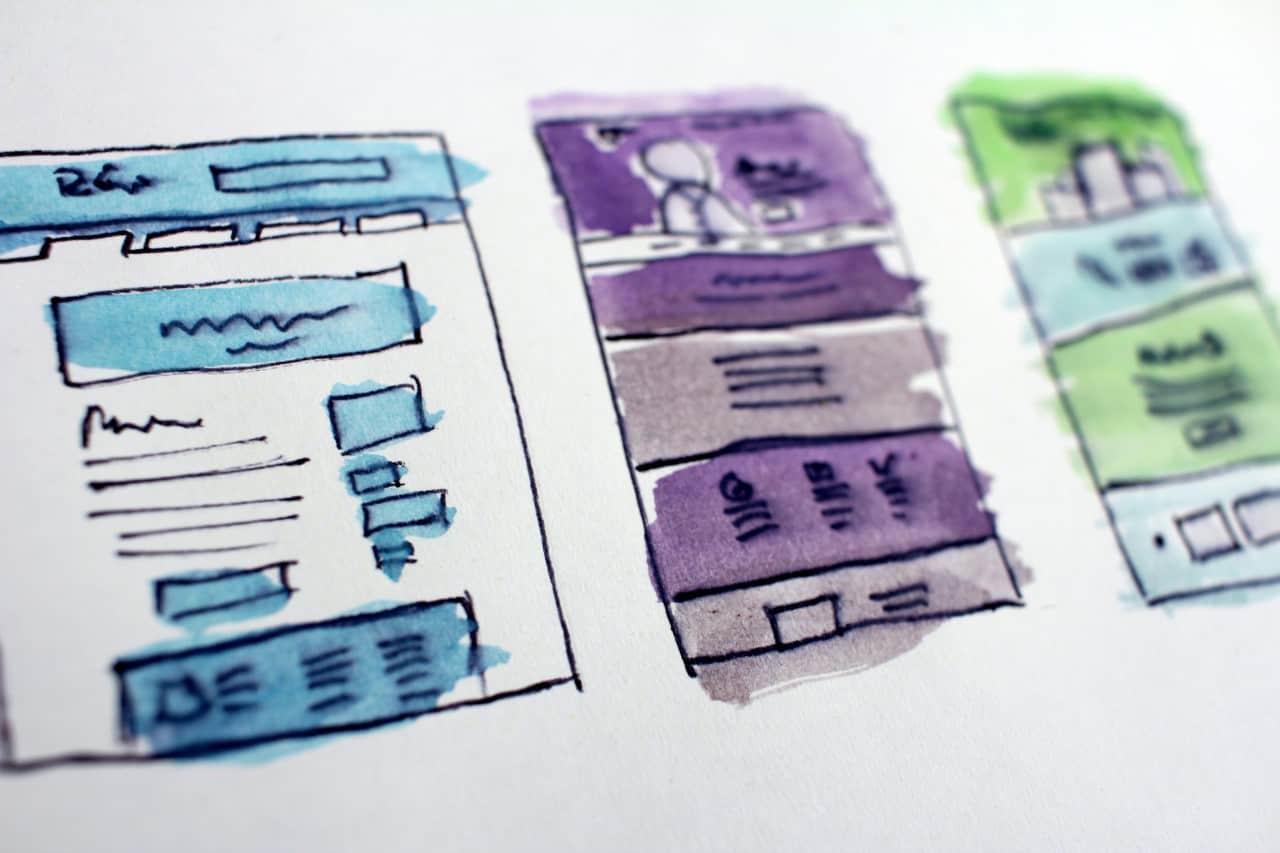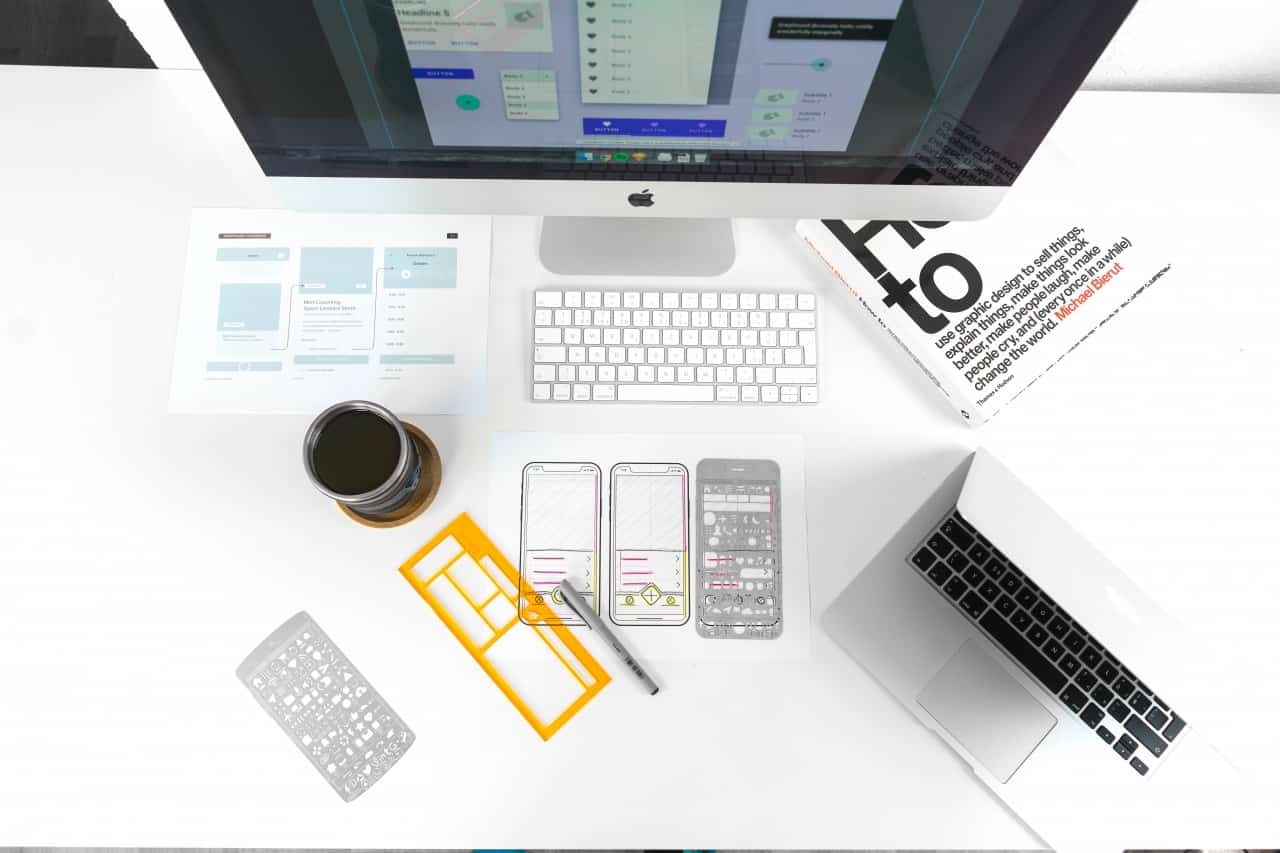UX is how one feels when interacting with a system, which includes a web application, website, desktops, or any other kind of interaction between a pe...
UX is how one feels when interacting with a system, which includes a web application, website, desktops, or any other kind of interaction between a person and a device. UX design is very important since it attempts to fulfill the needs of a user. The goal is to provide a positive experience, keeping users loyal to the product or brand. A meaningful user experience furthermore allows defining customer journey on a site, which is more conducive to business success.
In this blog, we will see the 10 most important UX design principles for the newcomers as a designer. Let's see it then.
UX for Marketers
When it comes to marketing and marketers, a great customer-centered and modern user interface design is extremely beneficial too. It helps marketers reach out to the target audience for more insights. Thus, a good design creates a market research basis, which makes the website design become much better in time. The most critical aspects of user experience design are those craved by the audience intended.
Thus, it's extremely important to know the preference of the target users as well as their dislikes before deciding on the design of a product or service. It's only through a customer-centered design that your digital product could draw more customers, improve sales conversion, and drive engagement. If the effective marketing campaign's success is evaluated via the number of leads that are generated, a great UX makes the greatest push for business conversion.
Ten UX Design Principles Every Newcomer Should Know
The UX principles are the heart and soul of user experience design. As new designers, it's necessary to learn the guidelines and align design practices with them. The following are principles of design to prepare you for launching a promising career.
1. Meeting the needs of users
The first principle is the focus on users throughout the process. In itself, the user experience term makes it clear that the work should be centered on boosting user experiences with a service or product. That's why you must determine what users look for in a design via user testing as well as other methods.
According to Financesonline, 68% of Internet users click back and leave a website due to poor UX design. Another thing, a client may ask for a lot of elements to the design. But it is you, and one of your responsibilities is to advise your clients on what's best for their website and their business goals as professionals. And, so, you need to get your facts right.
2. Know your place
The design process could be overwhelming for new designers just testing the waters or are in junior positions. A lot of the work goes into crafting a design, thus determining their place in the process of design is significant in a lot of ways. First, you need to use various tools for each and every phase.
The second thing is that the design stage helps in asking the right questions for user research. Consider for instance that there's no point in testing the color of a button if you're still trying to determine where in the design to put it. So knowing your place in the process is significant in several ways.
3. Clear hierarchy
Taking a hierarchy for granted is easy. However, it's a UX principle that ensures smooth design navigation. Two chief hierarchies exist that you have to take note of. First is the hierarchy related to how information or content is organized throughout the design.
Opening a website or an app, for instance, keeping a tab of the navigation bar, which includes primary sections is the primary hierarchy. When clicking or hovering over the bar, there are more content sub-categories that open up, which take you deeper into the application or site. These are the secondary hierarchy or menus.
4. Keeping consistency
Users expect products to have similarities with others that they regularly use, which makes it easier for them to familiarize themselves with new products without more learning costs.
This may appear illogical, but the more your design is familiar to others, the faster it would be for users to learn to use it, which boosts their experience. The process of design becomes easier for designers with such consistency since they need not reinvent the wheel each time they handle a new project.
5. Accessibility comprehension
A growing critical rule among UX design basics is creating a design with accessibility in mind. Making sure that the design is used to as many users as possible is the designer's responsibility. Meaning that the design should be accessible to persons with disabilities as well.
You must thus remove obstacles from the layout of the design for navigation that's problem-free. You can for instance use contrasting colors for the background text, which helps those who are visually impaired and also users in low-light settings to easily read the content on the screen.
6. Context is the cue
In designing, you should take into account the context of the user. Location is a contextual factor that is commonly understood. Are you designing for people on the go or for those sitting at their desks? There are however other things to take into account, such as the time available with the user, the device in use, the emotional state, and more.
All the factors help in understanding the behavior of the user. You could begin preparing a design that maximizes user experience the moment you have the insight into the factors. For instance, the emotional state of a user could greatly affect how patient or impatient he/she may be when interacting with a product or a service. When designing, you would want to keep that in mind.
7. Foremost is Usability
The user experience design is focused completely on solving the problems of users, making design usability one of the most critical design principles. The design may be beautifully pleasing, but unless it is easy and safe to use, it won't strike a chord with users.
Consider for instance the website design. A cluttered website will likely lose visitors. The job of the designer then is to ensure that within the design, the button, icon, and fragment of information have a purpose. Focus on clarity via only bringing useful features to the attention of users.
Usability is why minimalist design and prominent buttons with fewer elements boost the click-through rate. Do usability tests throughout the process, such as before the initial design, during prototyping, and at the end of the development.
8. Less is more approach
The design principle, less-is-more was composed originally by architect Ludwig Mies van der Rohe. The underlying goal of this for user experience is simple, and that is minimizing the cognitive and operational costs of users. Inputting value to his, the usability of the design and the consistency will improve.
Simplicity is the emphasis on the less-is-more approach, in contrast to an over-decorated or cluttered design. As a result of the user experience design principle, several celebrated designs have come about, which include the iPod and the iPhone. Apple simplified the keyboard of its phone in 2007 in the quest for less-is-more philosophy and thus the iPhone came about. Furthermore, the website of Apple follows the same principle.
9. Simple language
The same as simplicity has become the best UX design practice, UX-focused copywriting should also steer clear of technical terms and go for simple language instead. Most of the time users are multi-tasking, busy, and always on the go, so you should use words that are nearest to their thoughts. Simple language is easy to understand, boosting the user-friendliness of the design. Some points to factor when choosing simple words are:
- Structure. Inquire on common communication structures, those that are familiars to readers, and easy to read sequence.
- Audience and design purpose. Ask who the audience, their information, and what they want to achieve with the communication.
- Expression. Take into account the verbs, tone, jargon, length of sentence, and choice of words to adopt.
- Design layout. Concentrate on the layout, typography, and infographics.
- Evaluation. User consistent and clear words throughout the design to minimize ambiguity.
10. Powerful Typography
Equal in importance to words of the design is typography. It's the skill of endowing a sturdy visual form of human language. The choices in typography affect how users interpret the language used considerably, which helps boost or suppress a message. Furthermore, it could improve the user experience in a lot of ways.
The principles of design are composed of different mixes of the design elements, all put together in a single picture, which makes it look better. When there are several principles used together, an artist is able to build artwork that amazes people, particularly the users, and acquire good publicity, which hopefully benefits the artist making them. Principles are very important since they are the devices that designers use and unknowingly would use because they make images more visually appealing and nicer to users.
Conclusion
User Experience or UX design is a creative and continuously evolving field that welcomes fresh ideas from novices. Most business customers looking for website or webapp design services are in search of a revenue-driving product, but not a lot of them are aware of how much their businesses could greatly benefit from the right UX.. Understanding that design has the potential to alter the face of a business considerably is enough for some brands to convert.







